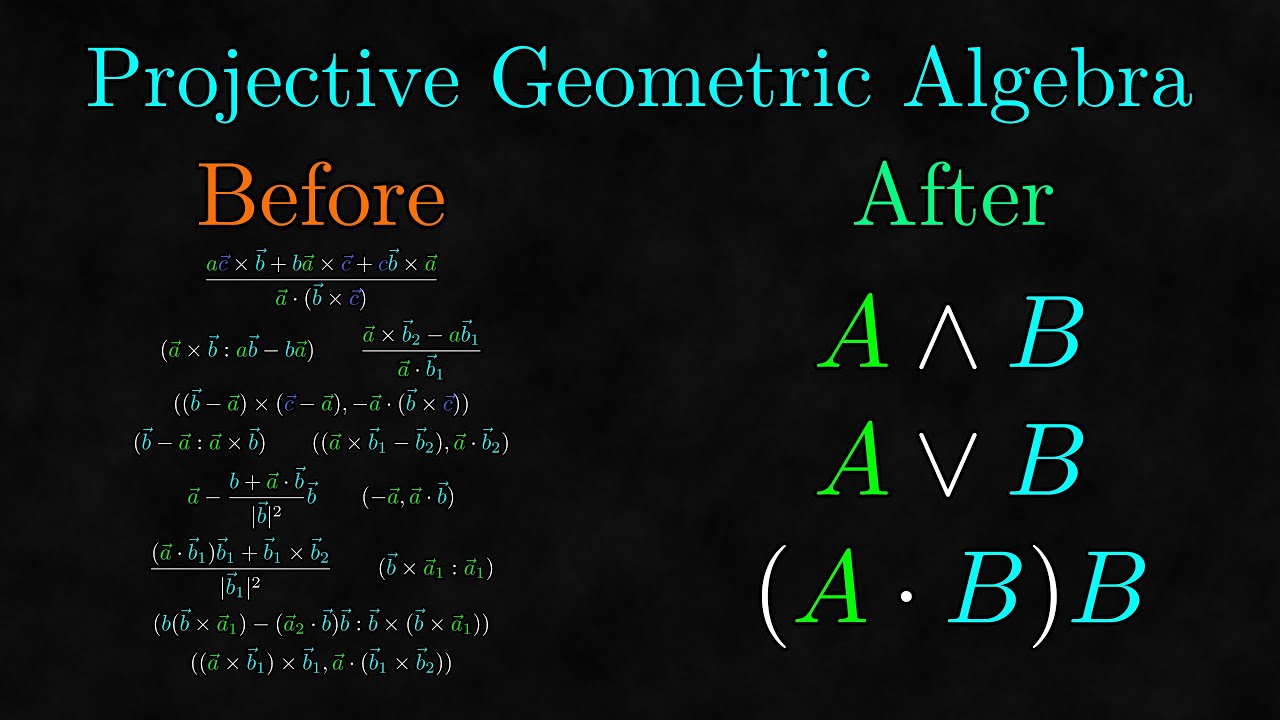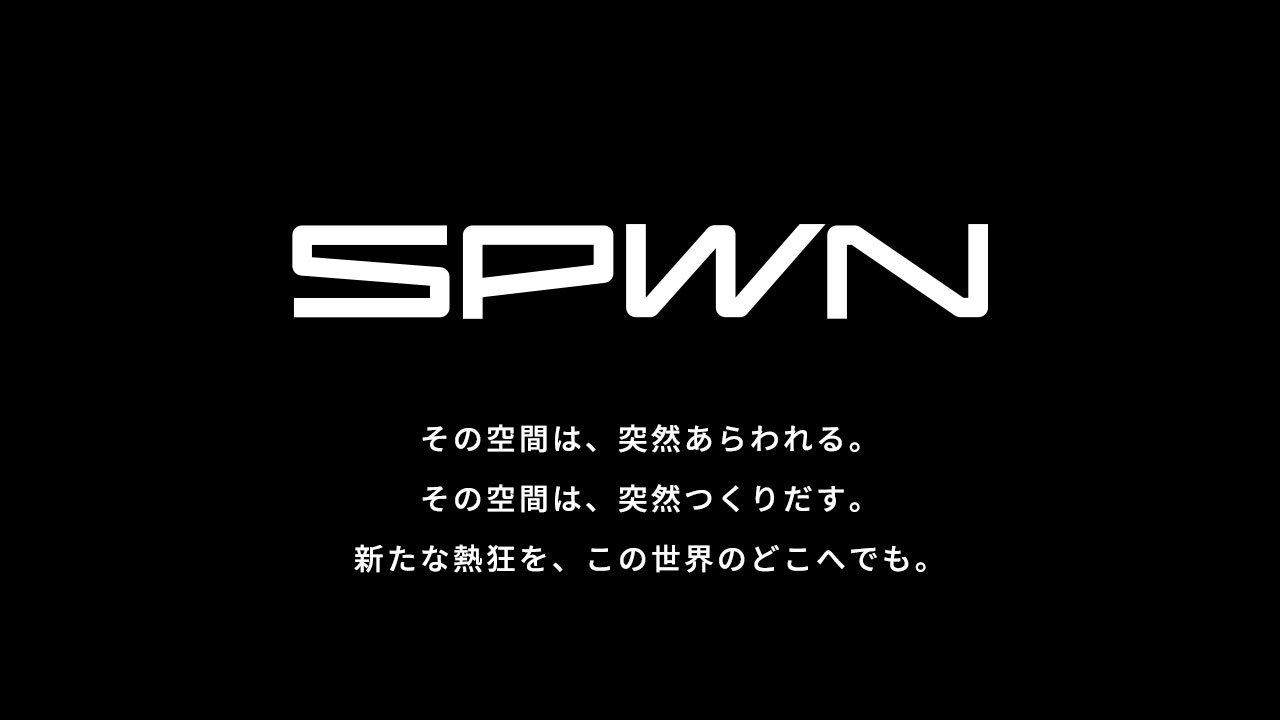Out of curiosity, what is that spoilered book?
- 4 Posts
- 11 Comments

 11·1 year ago
11·1 year agoI consider YabaIRyS more of an epithet than a nickname. I can’t imagine anyone using it to replace her name like “I wonder what YabaIRyS (IRyS) is doing”, only as a description replacing yabai like “Bruh, YabaIRyS (yabai)” in response to something she did/said.
Forgetting Faufau is pretty indefensible. It’s been a long time, but that puts it in the same boat as Kronini and Sanana which I did remember.
I wasn’t sure if Fuwa-chan and Moco-chan count as nicknames or if they’re just how you say their names in Japanese. I guess dropping the last syllable is what makes it a nickname as opposed to just their real name + Japanese honorific?

 3·1 year ago
3·1 year agoHah, the house is symmetrical now

 1·1 year ago
1·1 year agoThanks for the embed preview trick. I didn’t mind needing a Spotify account but then it refused to play it in the browser and wanted me to download their app instead, which was too much for something I have no intention of ever using again.

 2·1 year ago
2·1 year agoThis book has been on my reading list for a long time, I really have to get around to it sometime.
I think that’s a British influence. Rs in English words tend to get transcribed into katakana as long vowels to resemble British pronunciation, like parking → パーキング or art → アート. For a Japanese person who hasn’t formally learned a romanization system but knows a decent amount of these English → Japanese word pairs, it seems pretty reasonable to try to reverse the process by turning long vowels into Rs when writing Japanese in Romaji.
 1·1 year ago
1·1 year agoSome clarifications: f(x) = -2x/3 + 5 isn’t technically correct. It happens to equal that when x is between 6 and 9, but the function is different outside of that range. Similarly, your equation for F(x) is only correct when x is between 6 and 9. The reason this matters is because F(0) = 2 doesn’t mean C = 2. That only works if the function is the same all the way to x = 0, which it’s not.
If you want to solve by integrating, you would have to integrate each section and find the right C for each section that makes the integrals all connect to each other.
Alternatively, you can use the property that F(b) - F(a) = the area under f(x) from a to b. I think that region from x = 4 to 6 is supposed to be a semicircle, so each section is a standard shape and you can calculate the area using geometry.

 5·1 year ago
5·1 year agoJust a guess, but was there an extra space after the comma? Unlike in English, the full-width comma takes up an entire square worth of space like all other characters and shouldn’t have an extra space after it. I don’t know if Duolingo even considers spaces when marking answers though so that may not be it.

 2·1 year ago
2·1 year agoDoes anyone else find this suspicious? My Japanese isn’t good enough to say for sure but Musubi University isn’t a real university which immediately gives me PragerU vibes. And at some point, he seems to give a character etymology for 心 based on spelling out the sound “kokoro”, which is questionable given that it can also be pronounced “shin” and Chinese also uses the same character but doesn’t pronounce it anything like “kokoro”. Maybe he had an explanation that I just failed to understand.

 3·1 year ago
3·1 year agoI was going to suggest some written stories until I saw you wanted movies, shows, or games which this definitely isn’t. I’ll still leave this here though in case anyone else passing through is interested:


That texture healing looks super nice. Is that something fonts can just do or does it require special editor support?